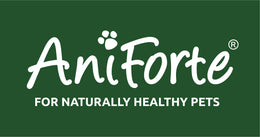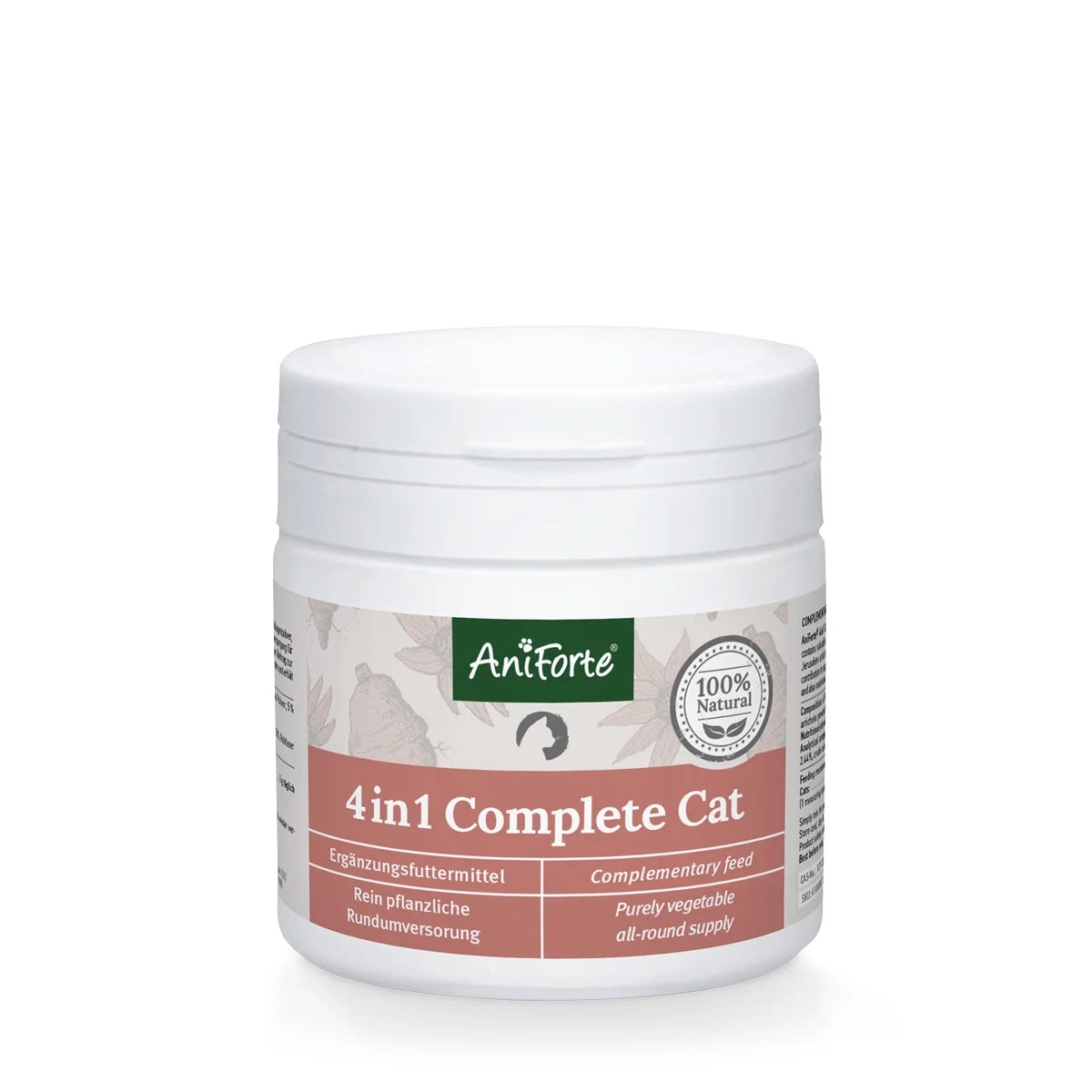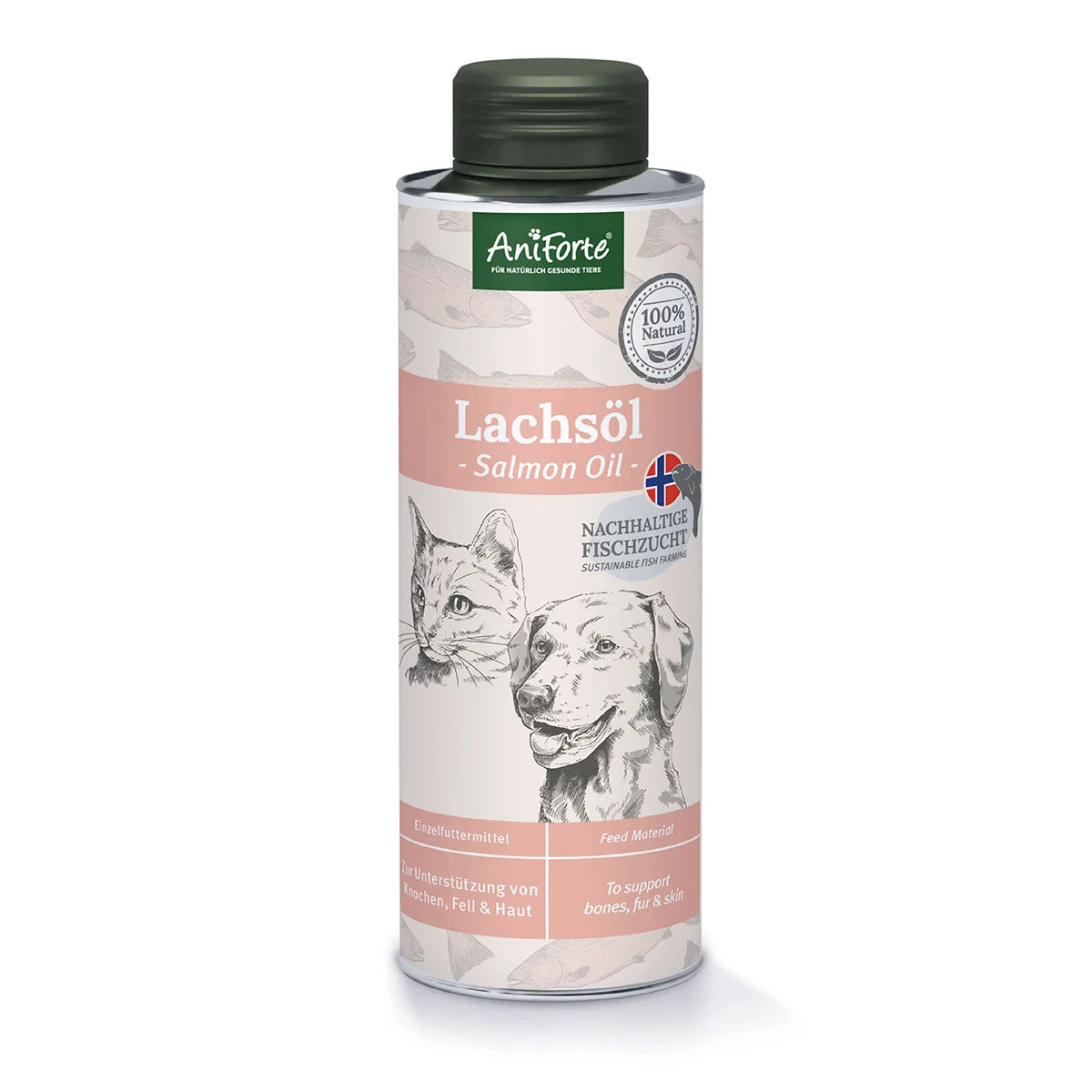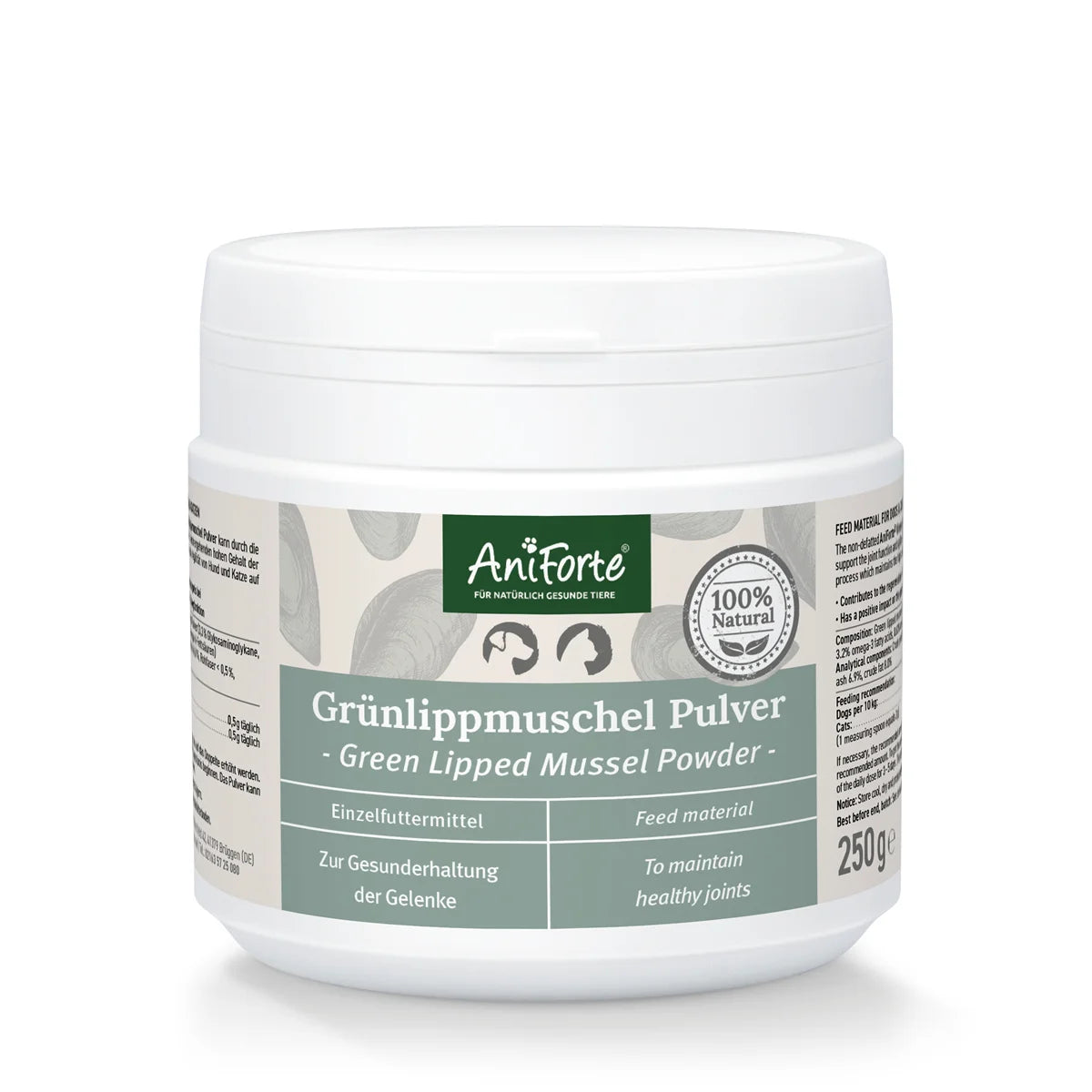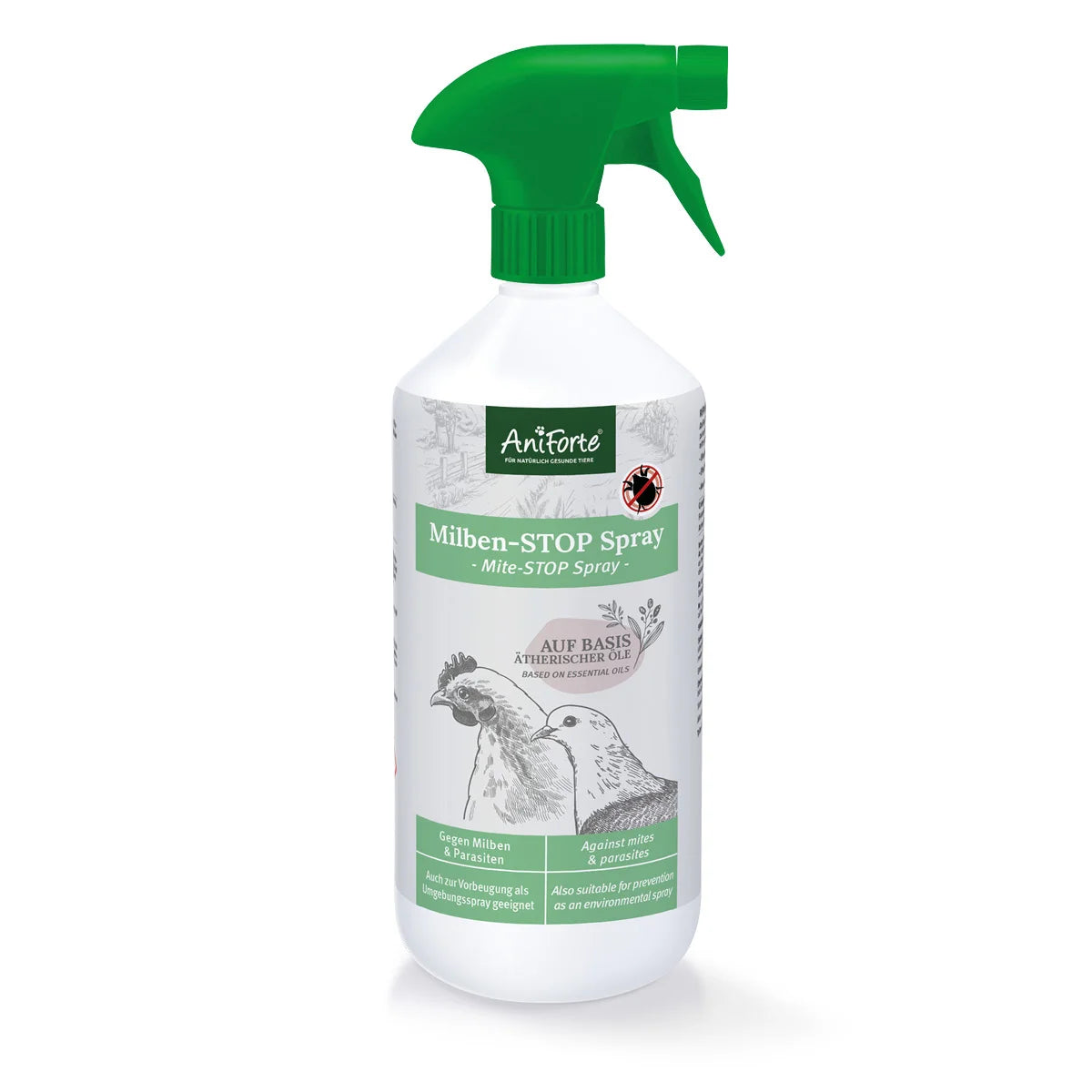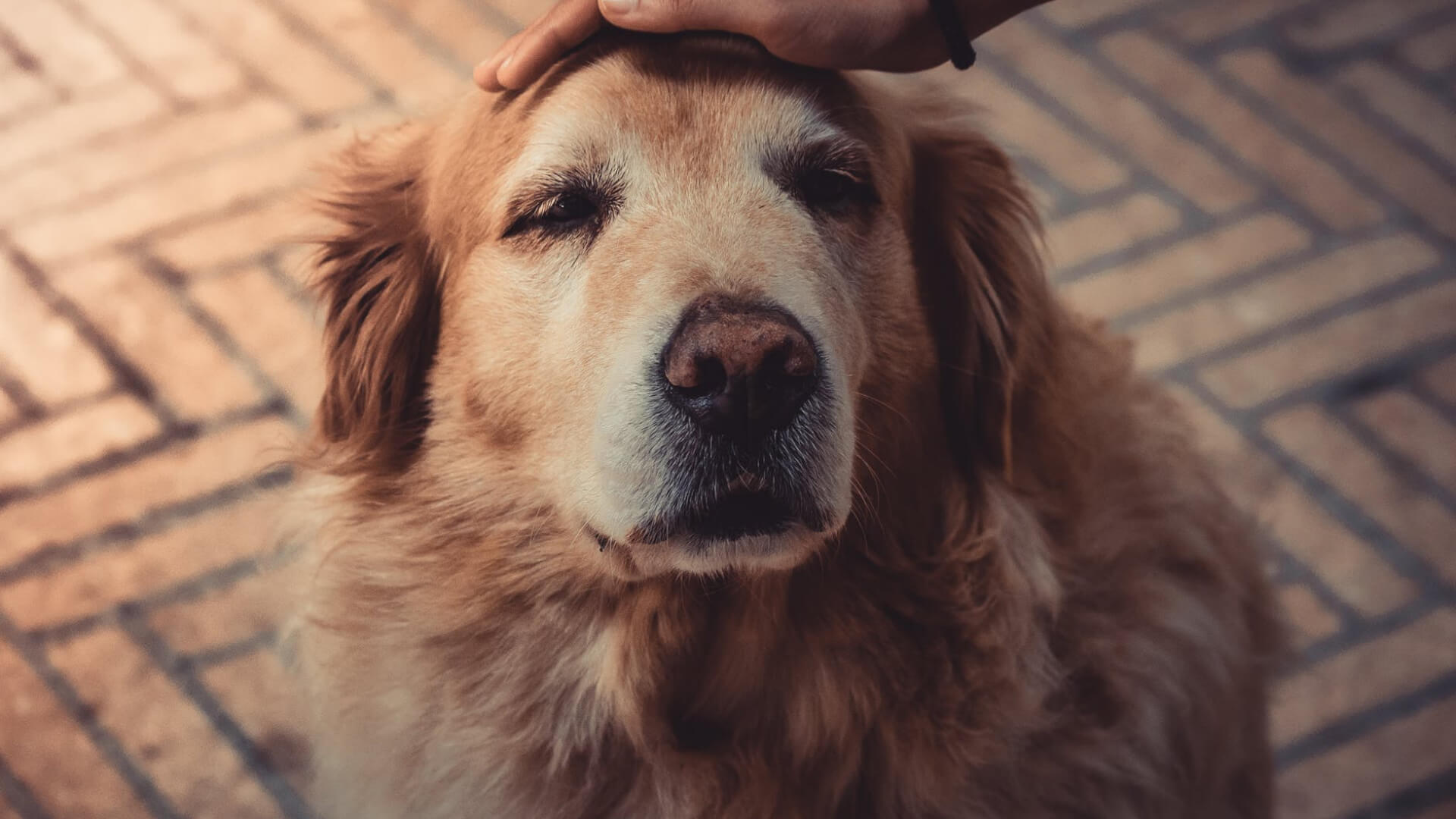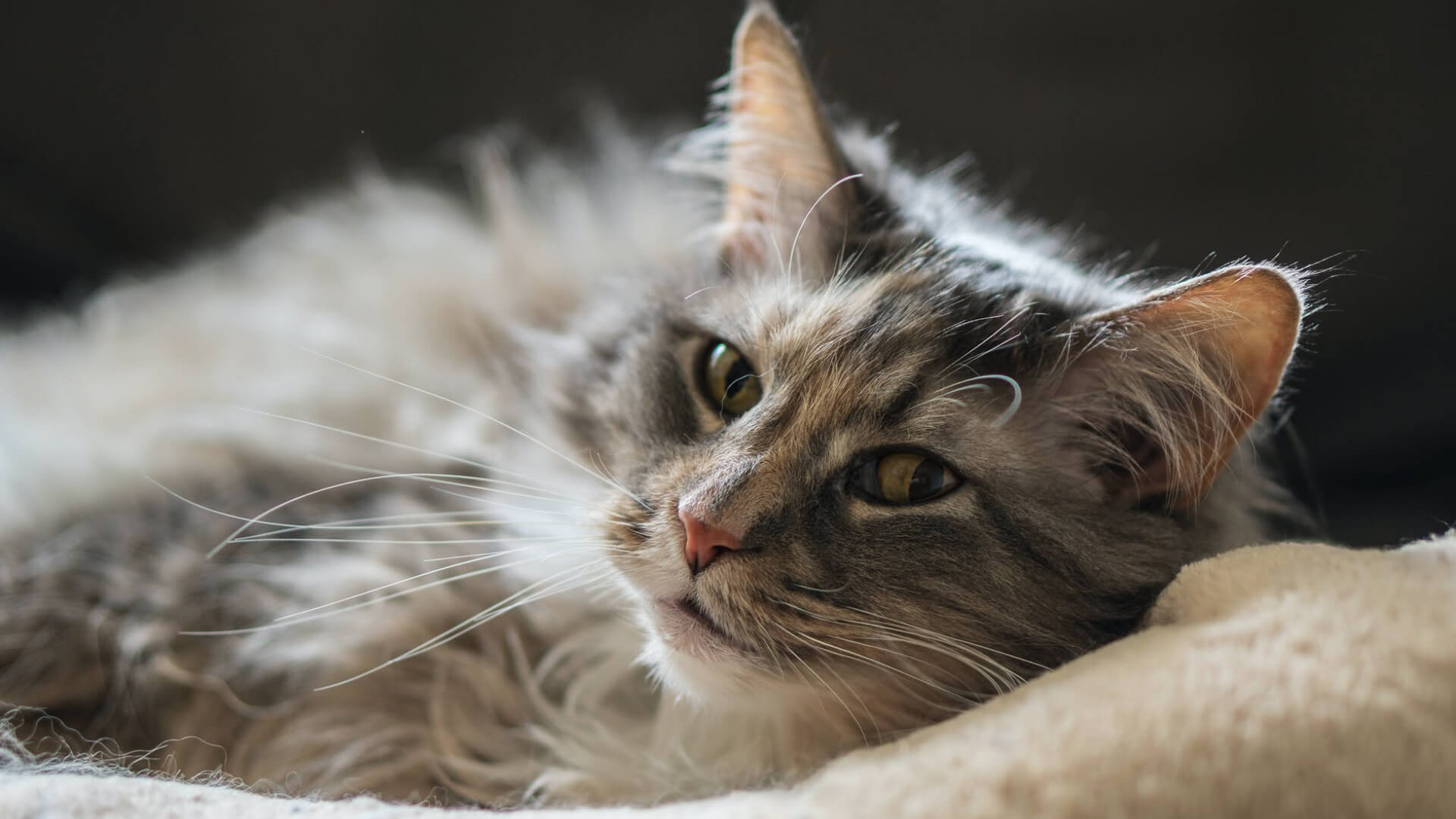Fur Change - A Guide for Appropriate Care

During the fur changing process in spring, dog owners are likely to find hair everywhere - on the sofa, in the car, and on the carpet. This is a result of your dog losing their winter fur, a natural and necessary process for canines.
How long does it take? What can be done to speed it up? How can you support your dog?
Fur change is a natural process that happens each autumn and spring. The exact point in time depends on daylight and temperatures. The whole fur change usually takes four to eight weeks.
Did you know that older dogs shed more than young dogs? This is also true for castrated dogs, and breeds with a strongly developed undercoat also experience a more intense fur change.
There are a few exceptions though. Certain breeds such as poodles do not undergo fur change, due to the fact that their hair keeps growing.
Fur change starts in spring
Your furry friend will start to shed as soon as the days get longer and warmer. Compared to the summer fur, winter fur is characterized by a sophisticated undercoat, made up of soft, thin wool fibres located underneath the top coat. The undercoat provides great protection against moist and cold weather conditions. Loss of the undercoat causes the spring fur change to take longer than the change in autumn.
How can you support your dog?
Fur change can be exhausting for dogs. Make sure you have a nutritious feed available for your friend. Also, supplementing high-quality feed oils and fur care products can help summer fur grow healthy and strong.
Brush, brush, brush
Remember: winter fur first needs to disappear in order for summer fur to grow. Regular brushing and combing are the key to remove dead hair and stimulate blood circulation (increased blood circulation stimulates the sebaceous glands which produce fur.)
Please treat dogs with short hair 2-3 x weekly with a soft brush made of natural bristles and with a cleaning glove. If you own a long-haired or stock hair dog, please perform the combing process with a metal comb, a wire brush with bent teeth or with a natural hair brush.
If dogs lose hair in clumps or hairless spots arise, these may be symptoms of a disease. Schedule an appointment with your vet to get to the root cause.
High-quality nutrition for a healthy fur
A nutrient-rich diet and ideally a few natural supplements are the key. Brewer’s yeast is one of the natural supplements particularly rich in vital elements and nutrients. Additionally, fur change can be supported by natural herbs and high- quality feed oils.
